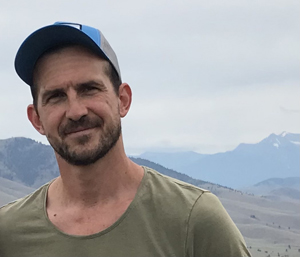Program Information
Submillimeter Dose Measurement with Gafchromic EBT2 and EBT3 Films
N Corradini1*, S Presilla2, (1) Clinica Luganese, Lugano, Switzerland,(2) Ente Ospedaliero Cantonale, Bellinzona, Switzerland
SU-E-T-58 Sunday 3:00PM - 6:00PM Room: Exhibit HallPurpose: To demonstrate that μm-scale signal extraction from Gafchromic EBT2 and EBT3 films can be used for accurate film calibration and point measurement.
Methods: Absolute dose measurements were made using Gafchromic EBT2 and EBT3 films. The films were cut to rough squares of approx. 1-2mm. A film calibration was performed using solid water slabs with an Exradin A1SL ion chamber (IC), and irradiating 6 doses ranging from 15cGy to 400cGy. Each dose level was measured with a 5-film sample and the sample mean was used as a single point. A ROI sample of 200x200 pixels (~400x400μm²) was used in signal extraction for all measurements. The dosimetry method was verified with a set of 10 absolute dose measurements using an open-field irradiation on a flat phantom. The film results were compared to IC measurements and TPS calculation.
Results: The EBT2 verification set measured a mean absolute dose of 193.4cGy (σ=1.4cGy) while the IC measured an absolute dose of 190.7cGy. The EBT3 verification set measured a mean absolute dose of 192.1cGy (σ=0.7cGy) while the IC measured an absolute dose of 191.8cGy. The TPS calculated a dose of 191.7cGy. Uncertainty in film measurement increases from 1.4cGy to 2.7cGy for EBT2 and from 0.7cGy to 1.5cGy for EBT3 if a single film is used instead of a 5-film sample.
Conclusion: Submillimeter dose measurement with EBT2 and EBT3 films is shown to be very accurate. The difference in absolute dose observed in EBT2 measurements with respect to the IC readings could be due to a variation in scanner response from the time of film calibration. EBT3 shows much better precision than EBT2 with an uncertainty of 0.7cGy compared to 1.4cGy. Signal extraction from such a small spatial area allows for accurate measurement in small-fields, steep dose gradients, and non-flattened beams.
Contact Email:


